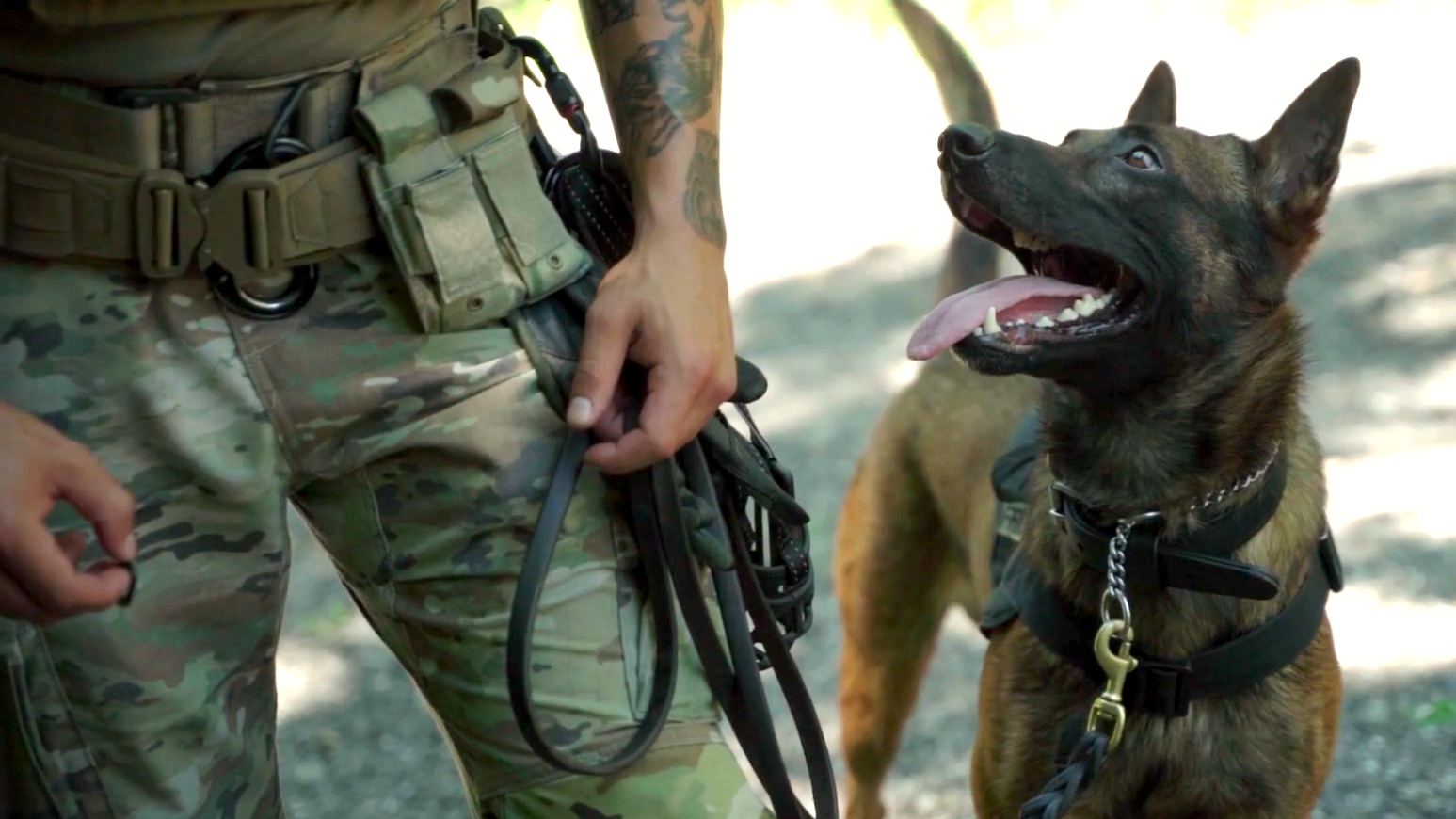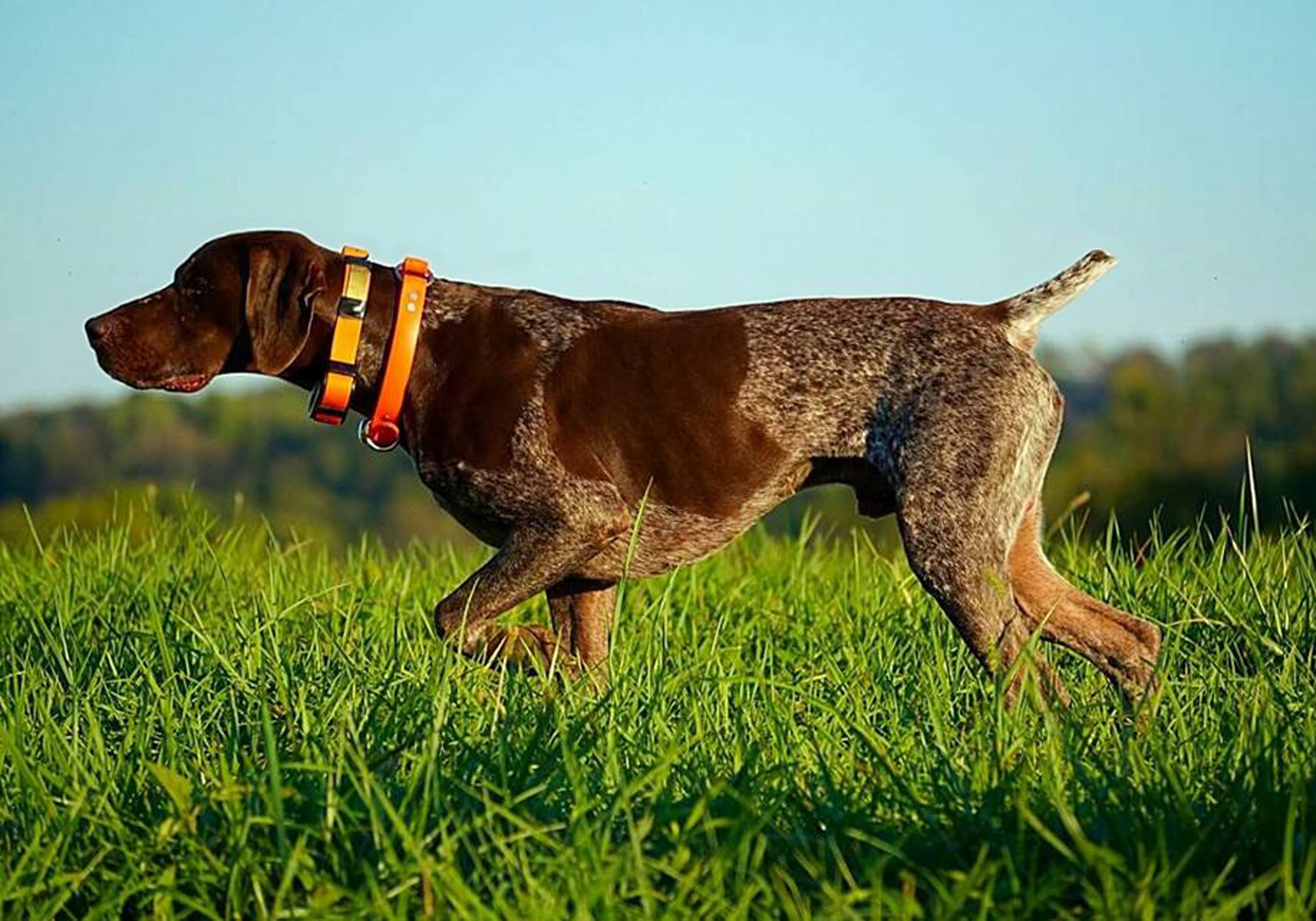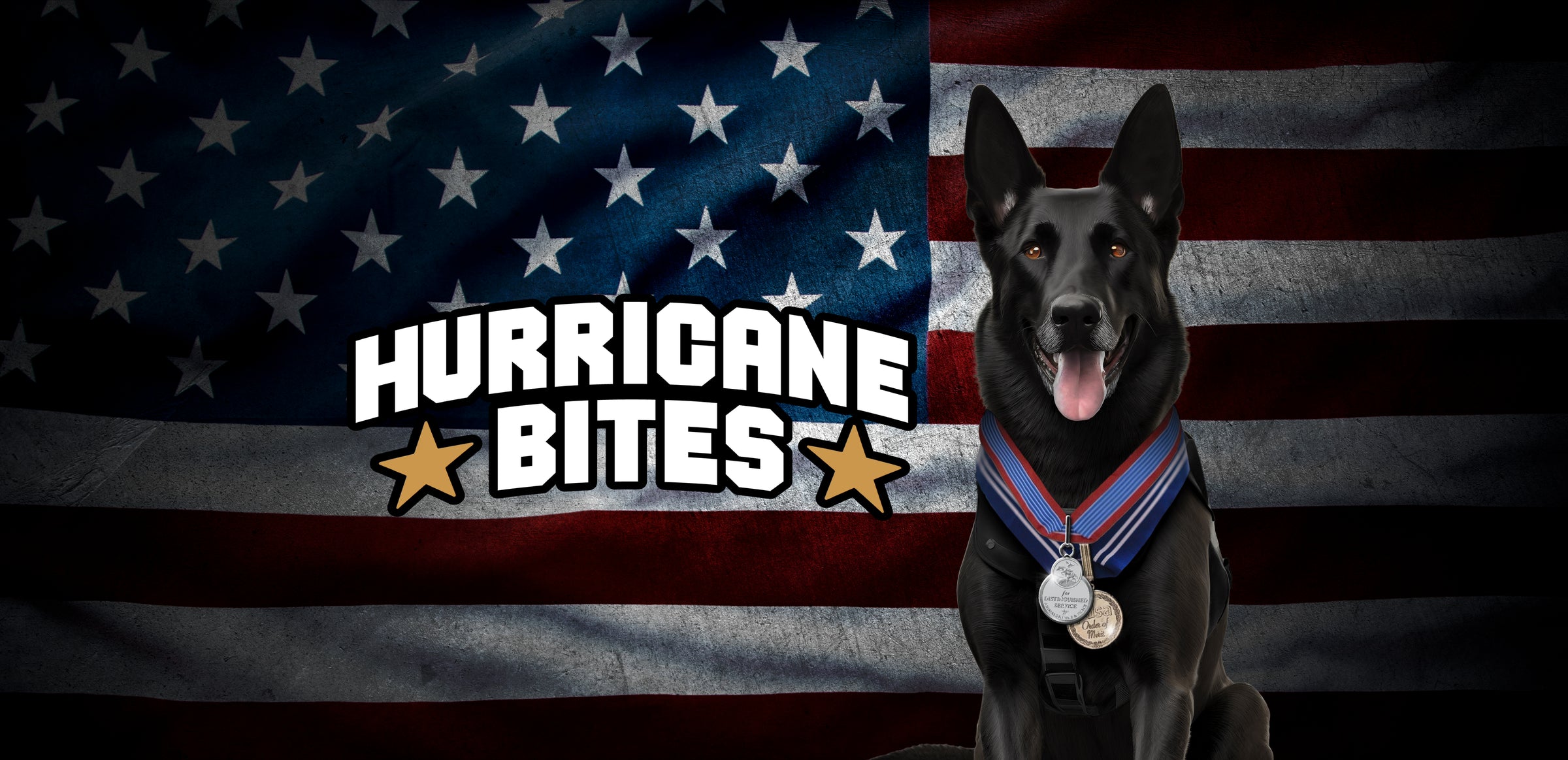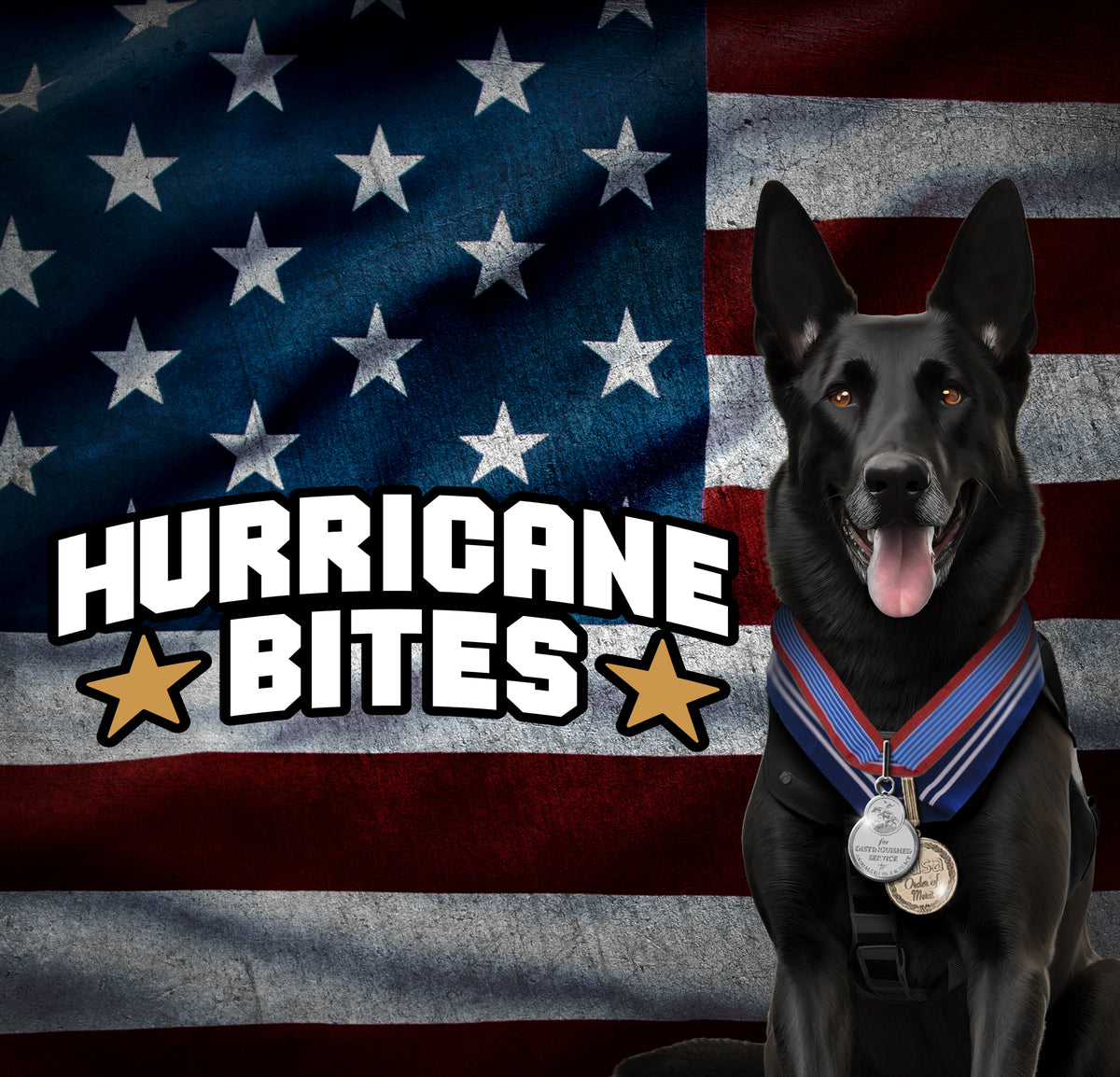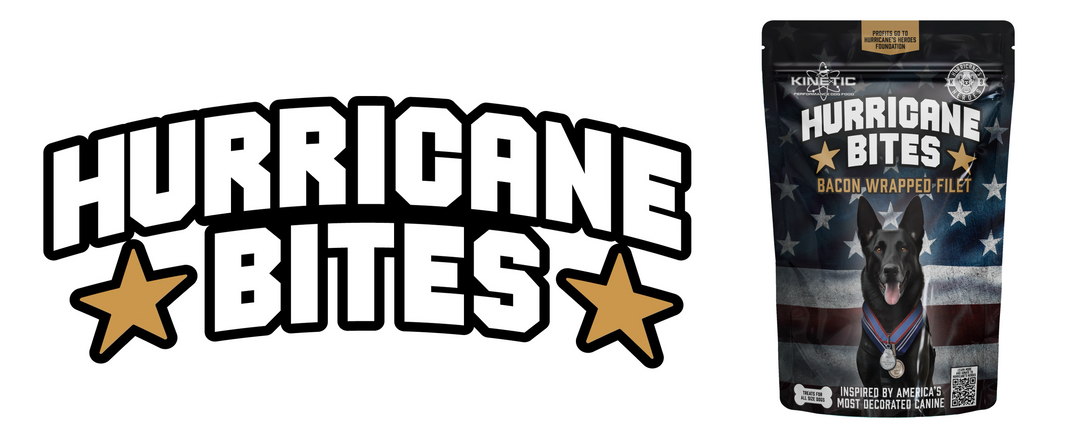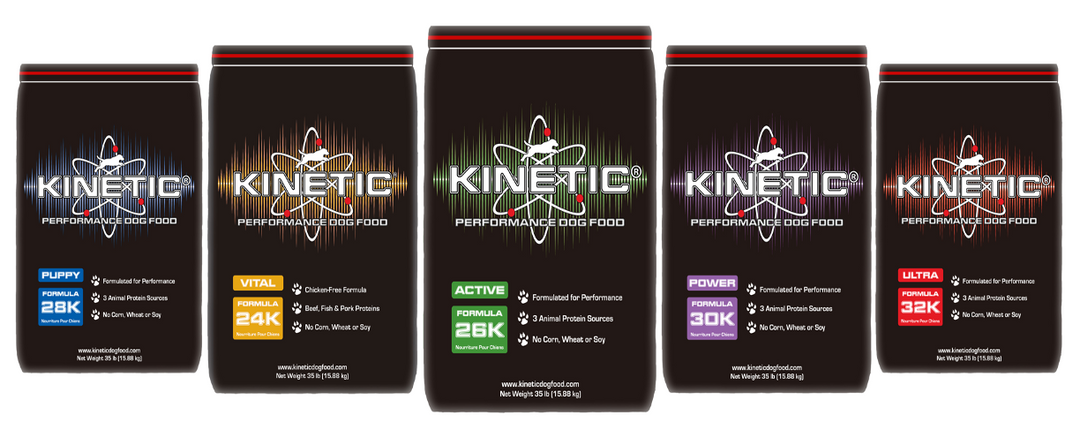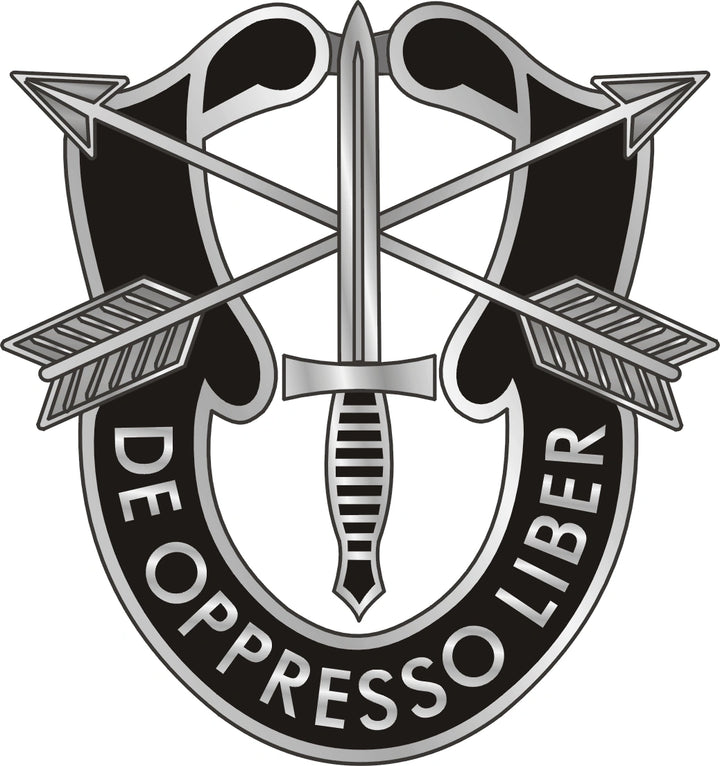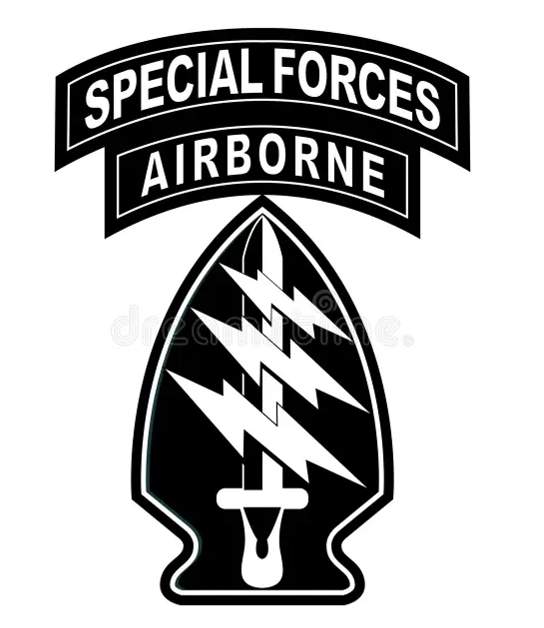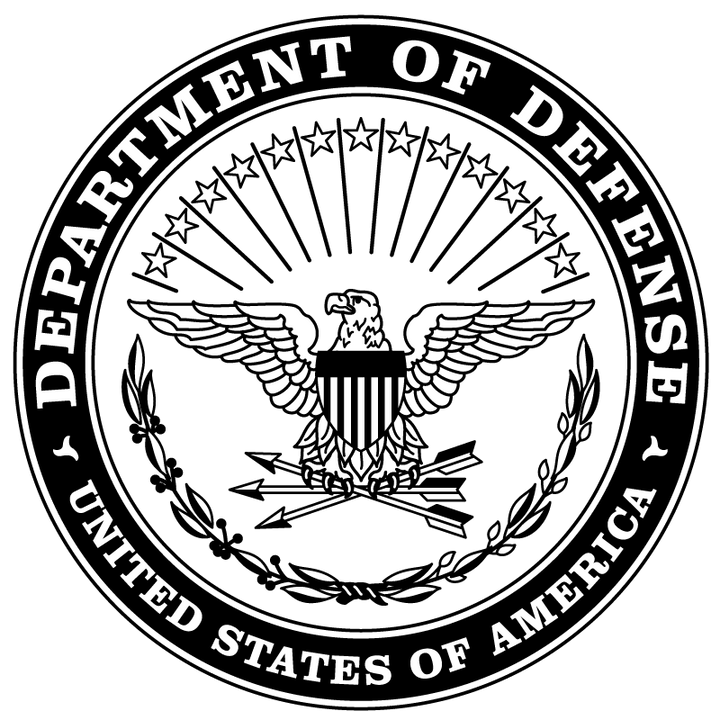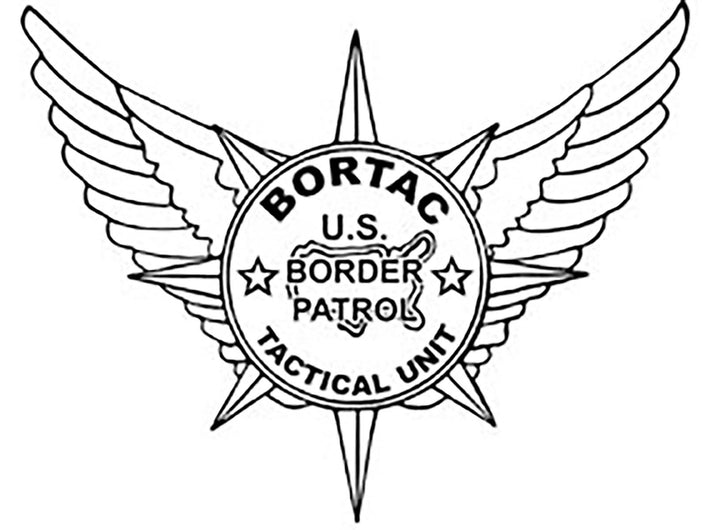Is your Dog an Athlete?
The nutritional needs of exceptional dogs cannot be met with average food. Kinetic's line of premium dry food and supplements provides clean, sustainable energy for everyday active, sporting, and working dogs.
Run farther, run faster, and run longer with Kinetic.
Shop Now
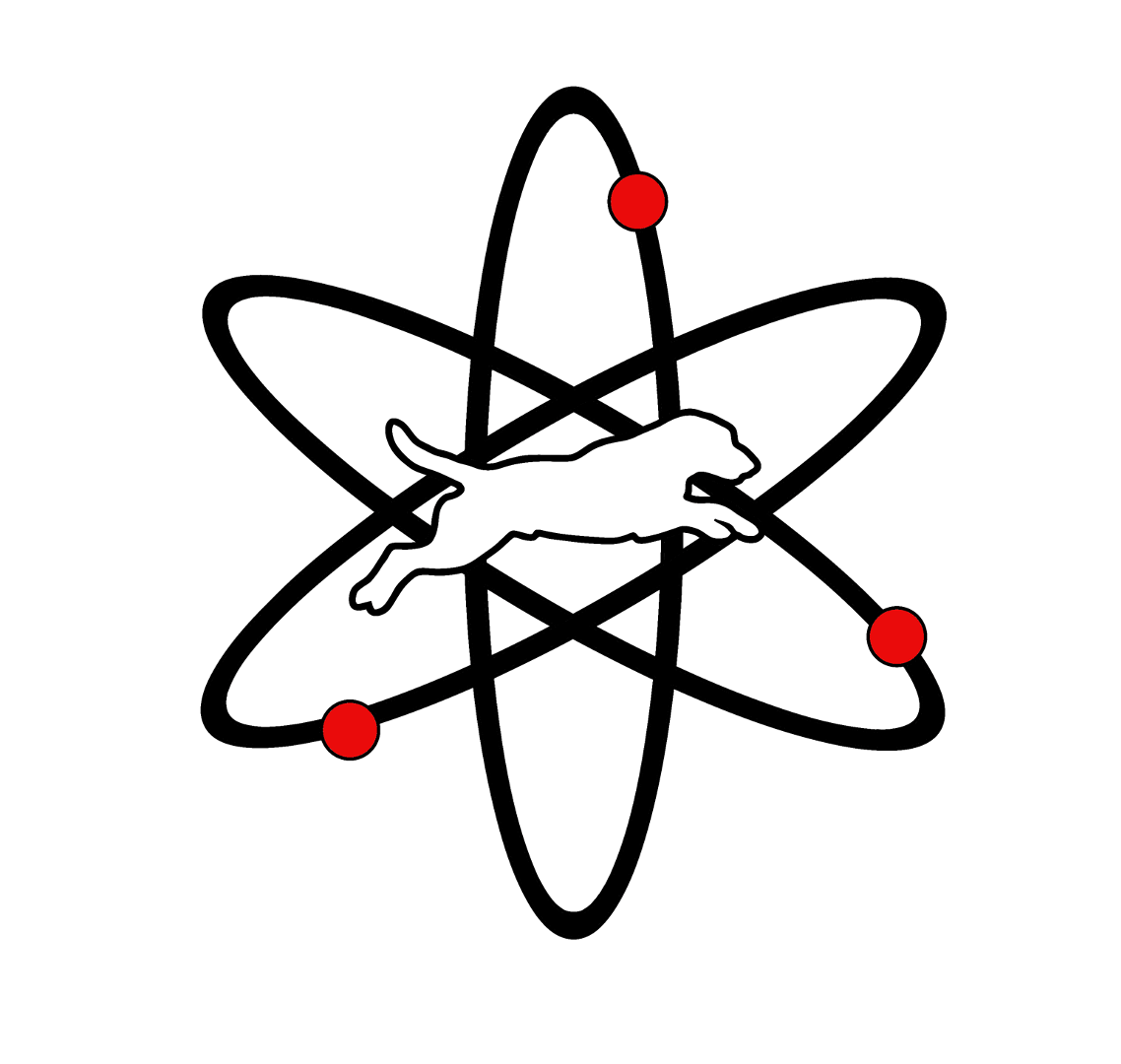
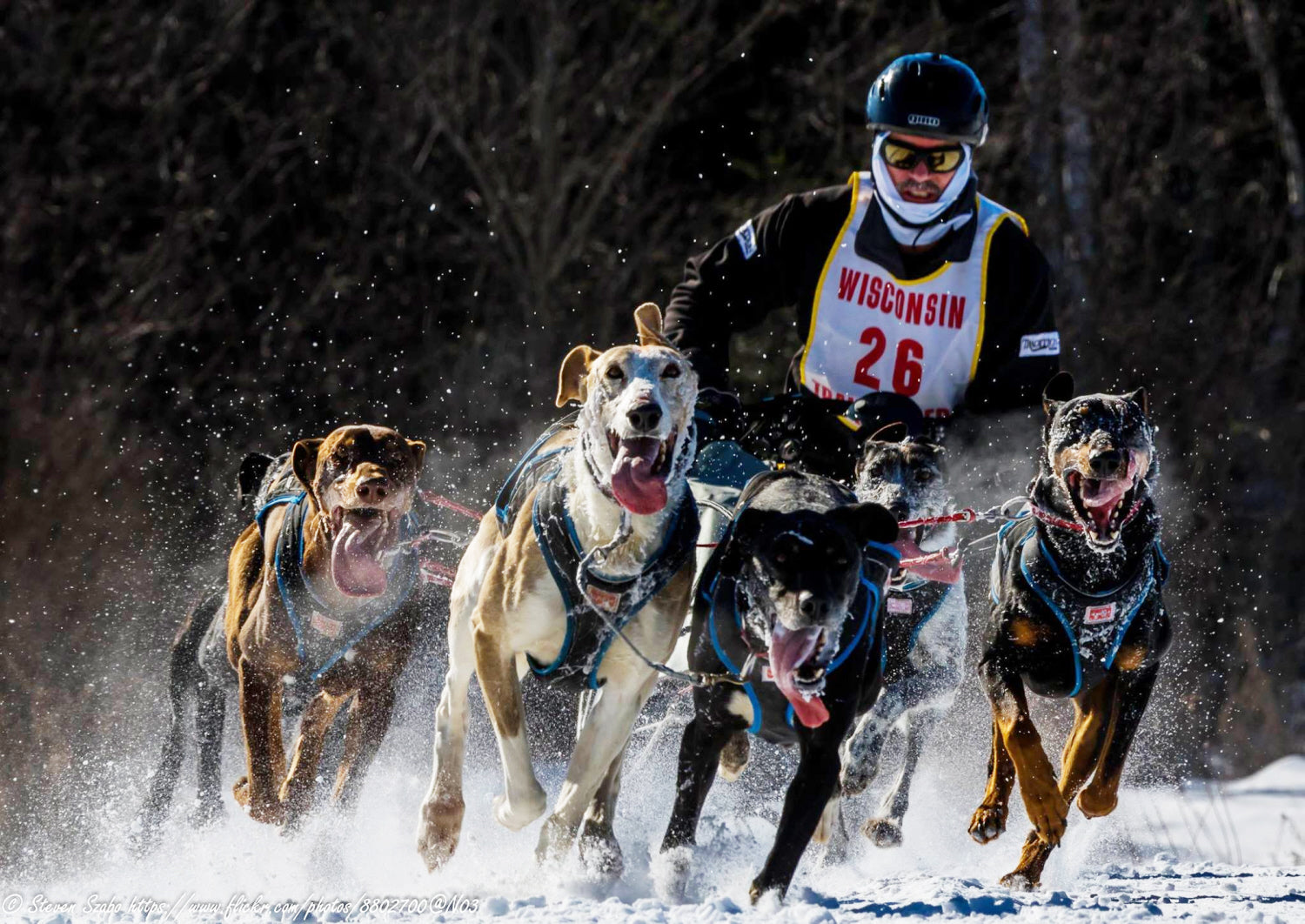
AT KINETIC DOG FOOD
Nutrition Matters
Quality nutrition builds a strong foundation for a dogs overall health ensuring they thrive in every aspect of their active life. Click below to delve into the science behind Kinetic.
Hurricane Bites
Check out K9 Hurricane's story. Buy Treats. Support K9 Heroes. Honor a Legend.
Dry Food
Full dog food line ranging from lightly active to high energy formulations that cater to a dogs varying activity levels.
Supplements
Performance enhancing dog supplement line that supports diverse health needs and stages of life.
Listen to What our Customers Have to Say.

Stars and Bars
Proudly Made in America.
Our family-owned business stands behind heroes in law enforcement and the military, offering the utmost support with every purchase.





